Poly water tanks come with a lot of advantages. Although polyethylene, by nature, make poly water tanks forgiving enough so that they reshape themselves when dropped or dented, you could unnecessarily inflict damage on them when using the wrong plumbing.
Poly tanks are flexible, having the ability to adapt well to weather temperature changes and thus, better able to withstand the effects of expanding and contracting with the harsh and unpredictable weather conditions in Western Australia.
All these strengths could be leveraged using the correct plumbing, helping to extend the life of each poly tank by using a flexible hose instead of a rigid pipe.

Flexibility: A strength in poly water tanks, not weakness.
Rigid Pipe vs Flexible Hose: What's the Difference?
Rigid Pipe
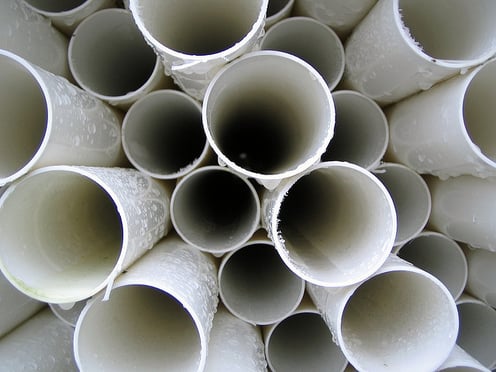
Because polyethylene is more expandable than any other material used for water tanks, poly tanks flex and shift a little when being filled with liquid. This is not a bad thing—but with rigid hose plumbing, the slight flexing on the tank sidewall would cause the bottom fitting to tilt in a way that would put extra stress on the plumbing connections and on the rigid pipe/hose. This could exert pressure on the water tank, creating cracks and leaks.
When pumping water from a water source into the water tank, the rush of liquid inside the rigid pipe creates movement which exerts force and pressure onto the tank and could create damage.
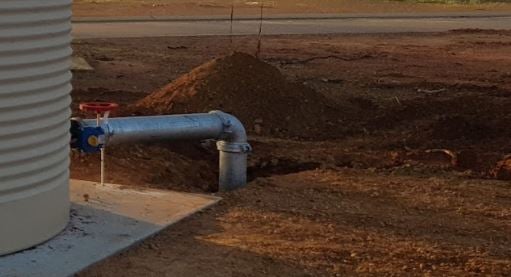
Rigid pipe plumbing.
Generally speaking, damage can result over time when movement is present on one end (i.e. poly water tank flexing as it fills with water) and the other end is fixed/firm (i.e. the ground as the pipe digs in to it). However, if for some reason rigid pipework must be used, there needs to be a rubber bellow installed on the tank outlets.
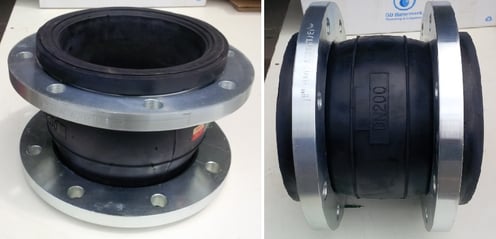
Rubber bellow for rigid pipework.
Flexible Hose
Flexible hose is, from the word itself, flexible. Because of its flexibility, it’s able to adapt well to movements.As the poly tank slightly shifts with water filling in, the flexible hose won’t push to the ground as a result like a rigid pipe would.
Download this Free Report

When the flexible hose is filled with liquid from a pump, its flexibility will allow it to flex - it won’t push to the ground—and therefore, it won’t put any stress on the fittings or cause any damage to the water tank.
What are the benefits of a flexible hose?
-
Much easier to route
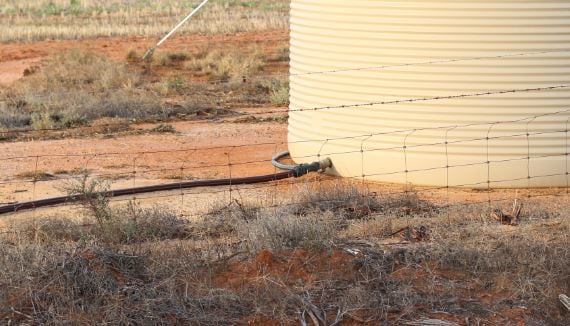
Flexible hose plumbing.
Because it’s much more flexible, you could maneuver it around objects and route it without a lot of the hassle that you would have with rigid piping.
-
Withstands vibration well
Flexible hoses are able to adapt to movements and won’t incur damages to itself, the fittings, or the tank from vibrations created from a pumping unit.
-
Adapts well to thermal expansion and contraction
Lower temperatures enable solid materials to contract while higher temperatures allow it to expand. This phenomenon is much less dramatic with pliable materials such as flexible hoses, allowing them to last longer in harsh weather temperatures. All these advantages help to lengthen the life of poly water tanks, allowing you more years to reap its countless advantages and benefits.



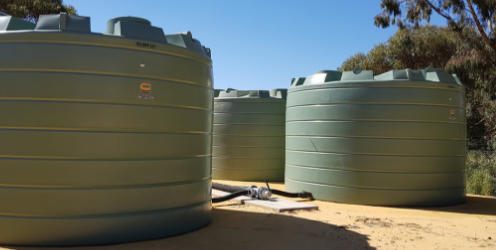


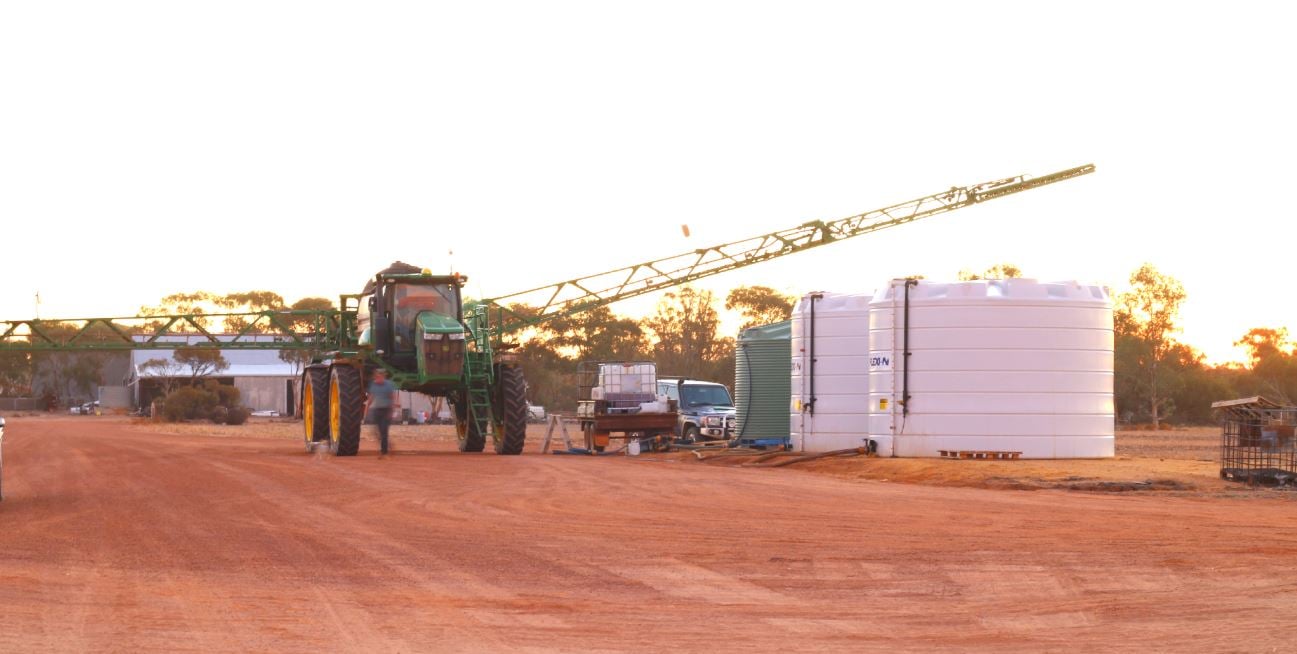


What do you think about this post?
Comments